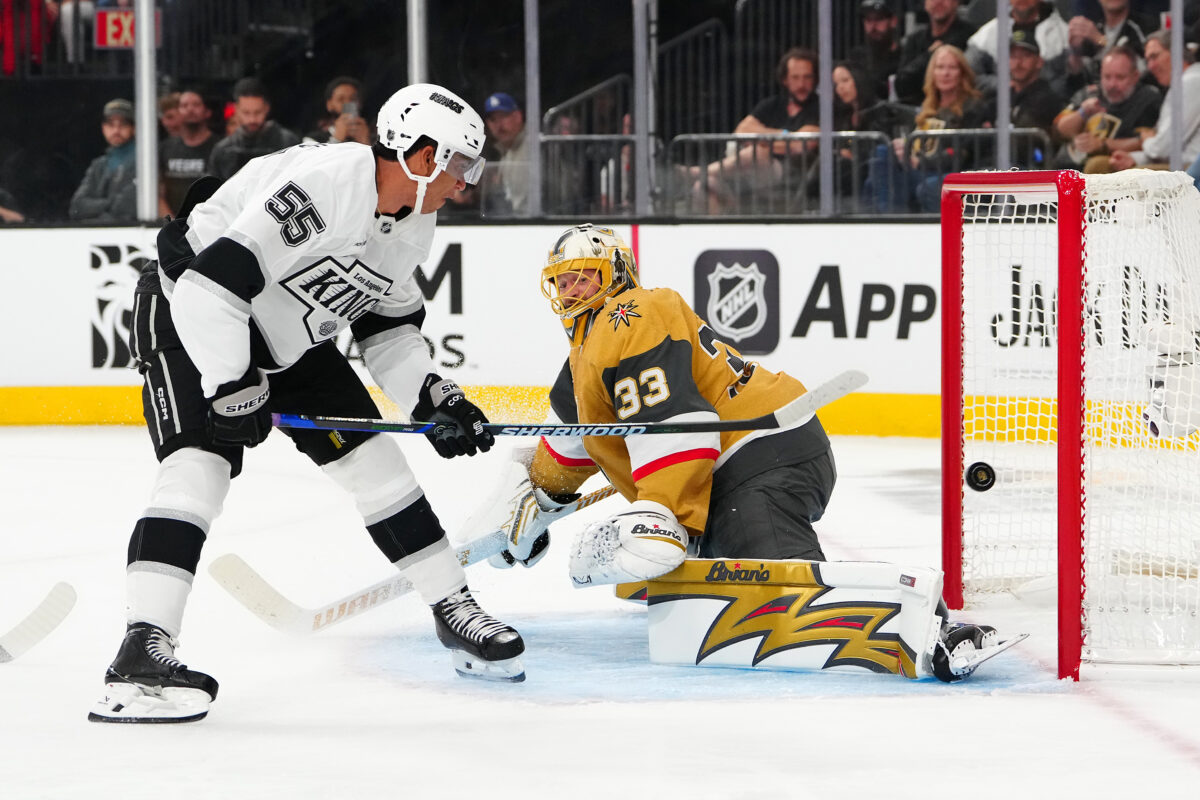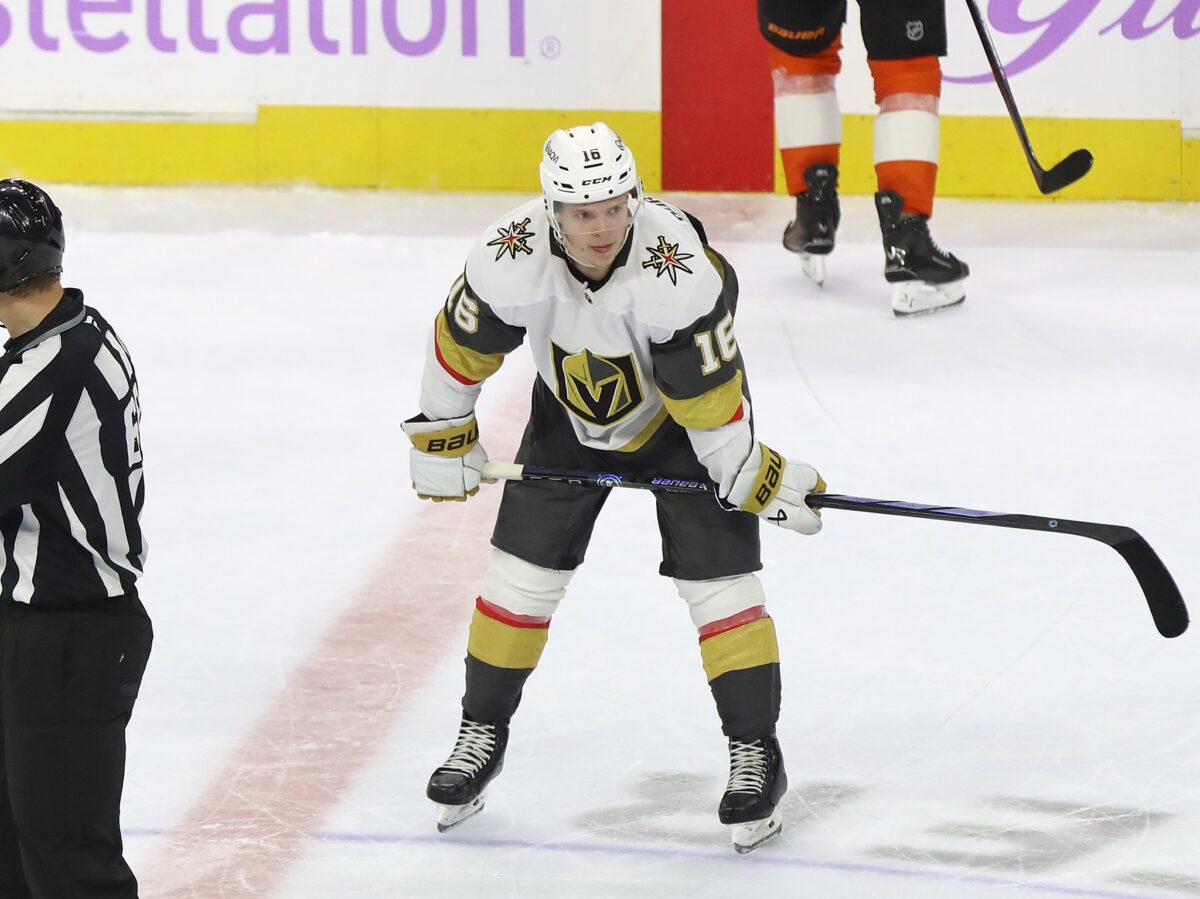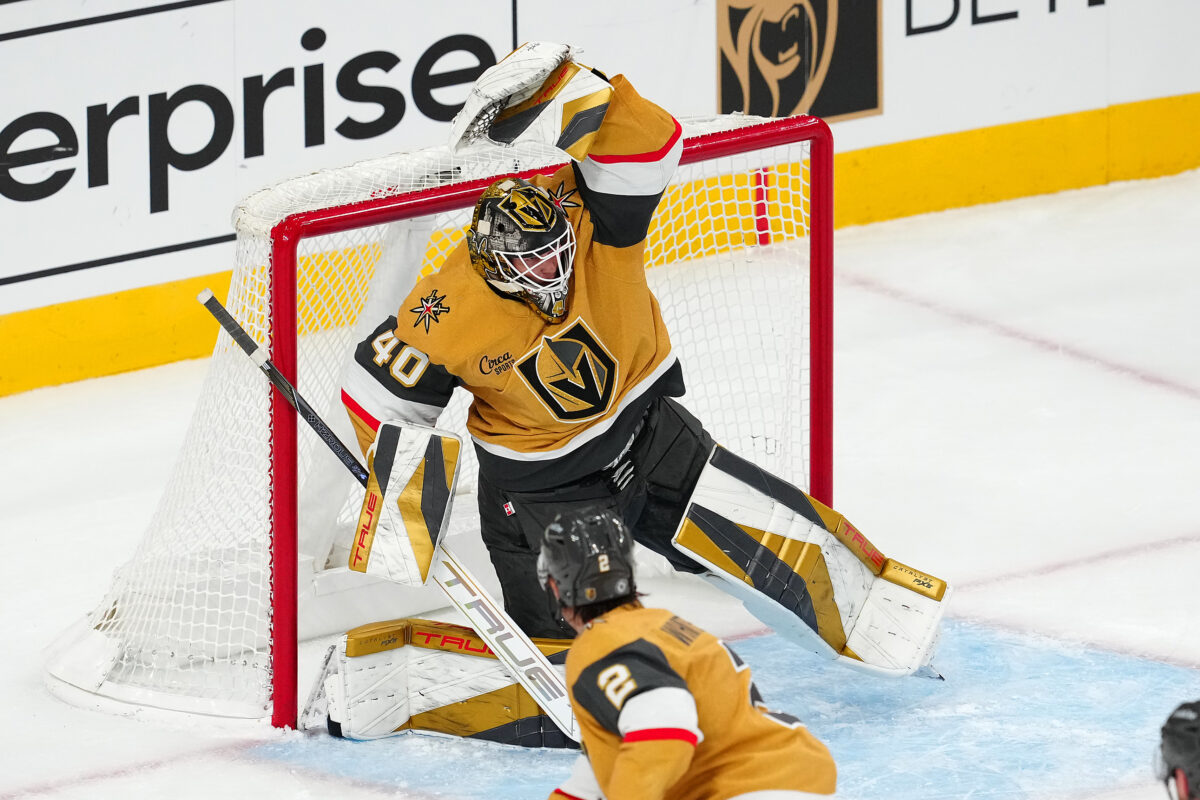If you were to glance strictly at the standings, the Vegas Golden Knights’ start to the 2025-26 campaign looks respectable, arguably even comfortable. Sitting sixth in the league with 27 points is hardly a crisis. However, anyone watching the tape knows that this first quarter has been anything but linear.
At the 22-game mark, Vegas sits at a record of 10-5-7. They are an enigmatic bunch — oscillating between stretches of dominance where they look like Cup contenders, and periods of playing “ice cold” hockey. Yet, the underlying metric that matters most is resilience. They have managed to grind out points in 17 of their 22 contests.
Head coach Bruce Cassidy, never one to mince words, put it succinctly when assessing the team’s refusal to fold: “It tells you a little bit about our team.”
What it tells us is that despite significant headwinds, the Golden Knights have retained their structural integrity. But as we look toward the winter months, the question remains: is this sustainable resilience, or are they skating on thin ice?
Navigating the Infirmary
It wouldn’t be a Vegas season without a conversation about the injured reserve. The defining characteristic of these first 22 games has been the roster’s fluidity due to significant health issues among core personnel. The current absentee list is daunting: Captain Mark Stone (wrist), goaltender Adin Hill, and center William Karlsson (lower body) are all designated week-to-week with no imminent return.

The loss of Stone is particularly concerning given the historical context. Dating back to the 2021-22 season, the captain has missed roughly 130 games. When he is in the lineup, the Golden Knights are a different animal; when he is out, the burden shifts dramatically. Similarly, Hill’s lower-body issues have now plagued him in three of the past four seasons, raising legitimate questions about durability at the game’s most demanding position.
Related – Logan Cooley’s 4-Goal Night Lifts Mammoth Past Golden Knights
These absences have handicapped Vegas against elite competition, exposing gaps in special teams and goaltending stability. However, the “next man up” mentality — often a hollow cliché in sports — has been a tangible necessity here. The coaching staff has been forced to lean on depth, giving increased minutes to players who might otherwise be bottom-six fixtures.
The Blue Line Security Blanket
While the forward group has been a revolving door, the defensive corps has been the stabilizer. Even with the absence of Alex Pietrangelo, the Golden Knights’ defensive metrics are elite. They are currently tied for 12th in goals against and third in shots allowed per game.
The driving force behind this suppression is the pairing of Shea Theodore and Brayden McNabb. Cassidy has not sheltered this pair. They are routinely deployed against the league’s top lines, yet they have produced the best defensive numbers in the league. To put it in perspective, among defensive pairs with significant ice time together, Theodore and McNabb are the best in the NHL at preventing goals during five-on-five play.

Theodore, averaging a team-high in minutes, has also rediscovered his offensive touch, posting six points in his last seven games. Meanwhile, McNabb has embraced the dirty work, leading the league in blocked shots while seeing his average ice time jump significantly. Add in Noah Hanifin, who has looked noticeably more explosive since returning from a lower-body injury on Nov. 4, and you have a “defense-by-committee” approach that is arguably the team’s greatest asset right now.
Top-Heavy Offense and the Depth Question
Offensively, the Golden Knights have been a study in contrast. The stars have shone brightly, masking a depth scoring issue that — until very recently — threatened to derail the season.
Mitch Marner has been a revelation in Cassidy’s system. With four goals and 17 assists, he is currently pacing for a season that would shatter franchise assist records. His playmaking has synergized well with Jack Eichel, who remains the engine of the offense. Eichel’s recent performance against the Utah Mammoth, where he tallied two goals and an assist, was a reminder of his game-breaking ability.
However, beyond the big guns — including breakout scorer Pavel Dorofeyev and the steady contributions of Ivan Barbashev and Tomas Hertl — the secondary scoring was virtually non-existent for the first 15 games. Veterans like Reilly Smith and Brandon Saad struggled so mightily out of the gate that the fanbase began to openly question if age had finally caught up to them. Fortunately, both have shown signs of life in the last couple of weeks.

Perhaps the most intriguing storyline upfront is rookie winger Braeden Bowman. Thrust into the spotlight due to Stone’s injury, Bowman has been slotted onto Eichel’s line and the power play unit. He hasn’t looked out of place, tallying four goals in seven games, including a game-winner.
The Crease Conundrum
If the defense is the team’s anchor, goaltending is the leak in the hull. While the team doesn’t give up many goals overall (thanks to that stout defense), the rate at which they make saves is concerningly low. The Golden Knights rank near the bottom third of the league in save percentage.
With Hill sidelined, the net belongs to Akira Schmid. His record is impressive — nine wins in 13 games — but the eye test suggests he is benefitting heavily from the team structure in front of him. Schmid is doing enough to win, placing fifth in the league in victories, but the team is still susceptible to soft goals that deflate momentum. One has to wonder if this level of goaltending will suffice when the schedule toughens.

The Pacific Division Upside Down
Context is everything, and the Pacific Division landscape in 2025-26 has shifted dramatically. The days of a predictable three-horse race are gone.
Related – Jack Eichel Leads Offense in Golden Knights’ Win Over the Mammoth
We are seeing a shocking surge from the Anaheim Ducks, who actually sit ahead of Vegas in the standings. The Seattle Kraken have been quietly competent, and down in San Jose, the Sharks are enjoying a full-blown renaissance. Led by rookie sensation Macklin Celebrini and stabilized by goaltender Yaroslav Askarov, San Jose is sniffing a playoff spot.
Conversely, the Edmonton Oilers are in freefall, crippled by horrendous goaltending and a lack of defensive structure. For Vegas, this means the division is no longer a cakewalk. Every point is going to be contested.
The Verdict
So, who are the “real” Golden Knights? Are they the defensive juggernaut capable of suffocating the league’s best offenses? Or are they a fragile roster reliant on backup goaltending and a top-heavy attack?
The frustration regarding injuries is valid, but the talent floor of this roster is simply too high to miss the postseason. They are banking points now, which affords them the luxury of patience. If the recent spark in depth scoring is genuine, and if Hill can return to provide steady stops, Vegas remains a formidable force. For now, they are navigating the chaos successfully. In the modern NHL, sometimes “hanging in there” is all you need to do until the cavalry arrives.
AI tools were used to support the creation or distribution of this content, however, it has been carefully edited and fact-checked by a member of The Hockey Writers editorial team. For more information on our use of AI, please visit our Editorial Standards page.
